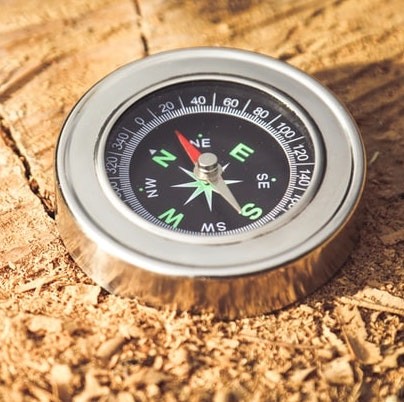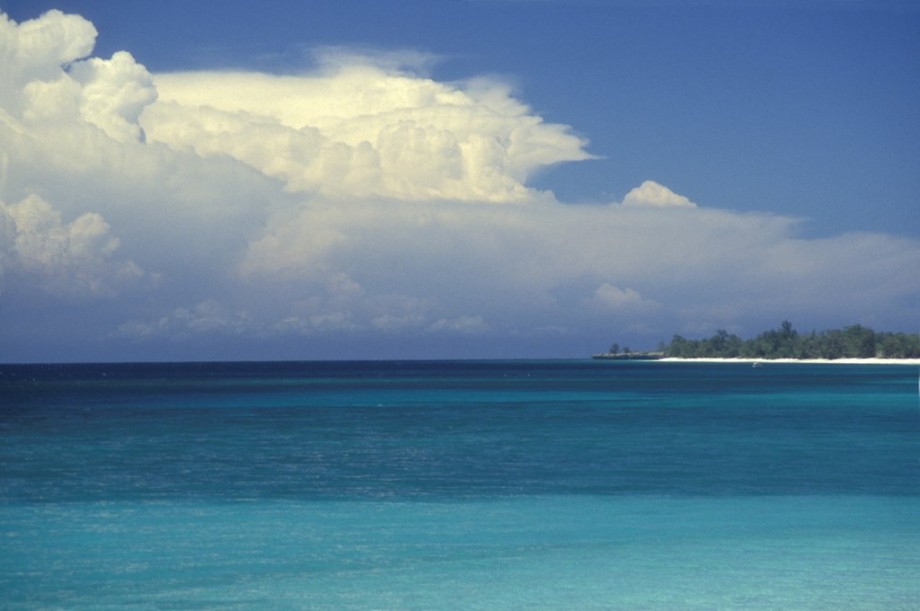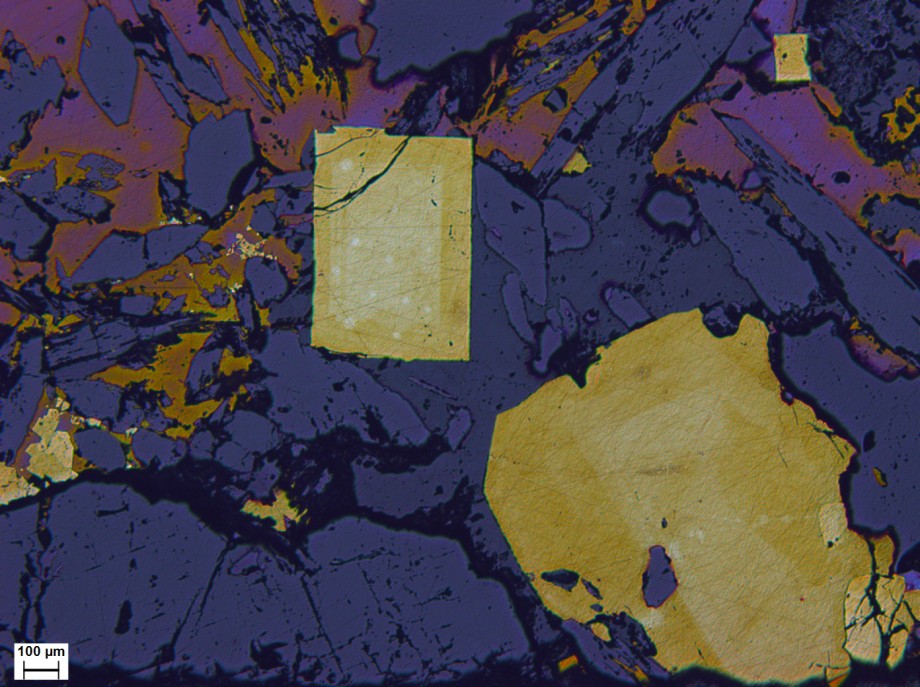Student projects
Below we list potential student projects in RSES, with links to relevant supervisors and research groups. For a list of topics, research groups, and research projects in RSES, please see the research projects page
Biogeochemistry
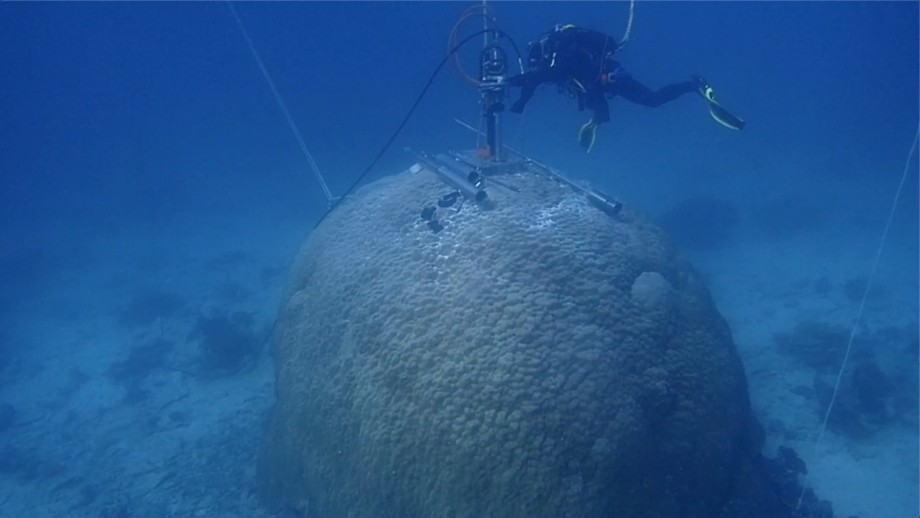
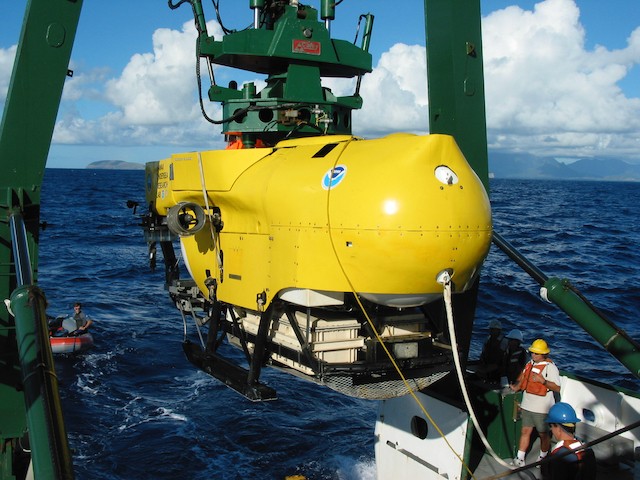
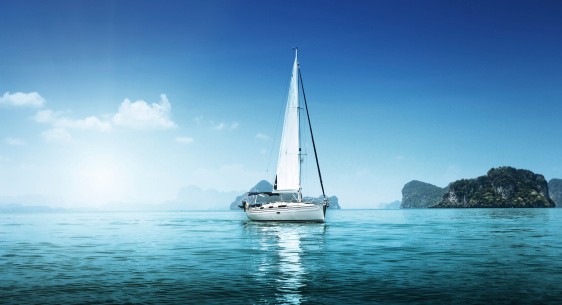
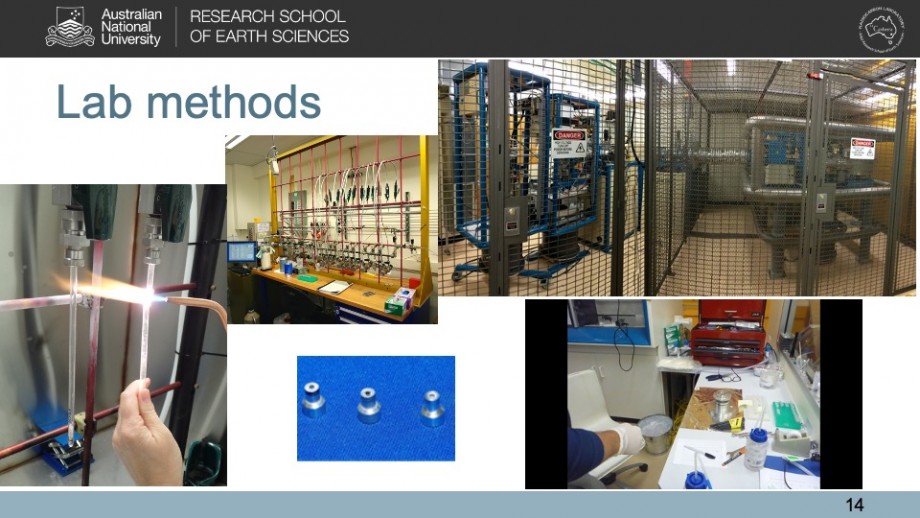
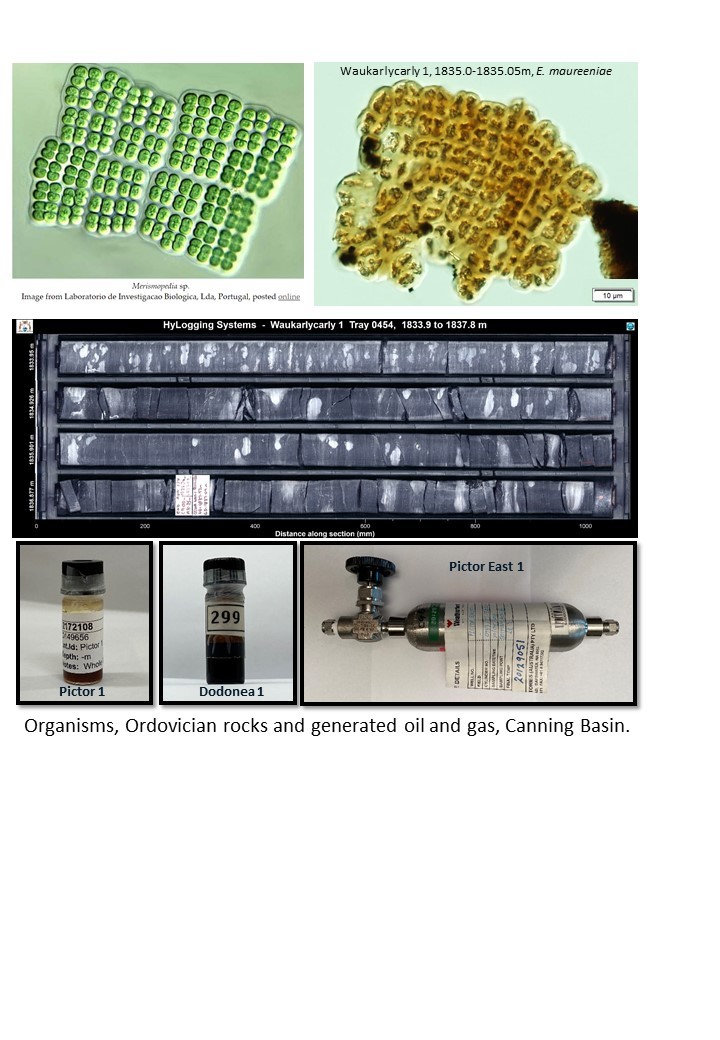
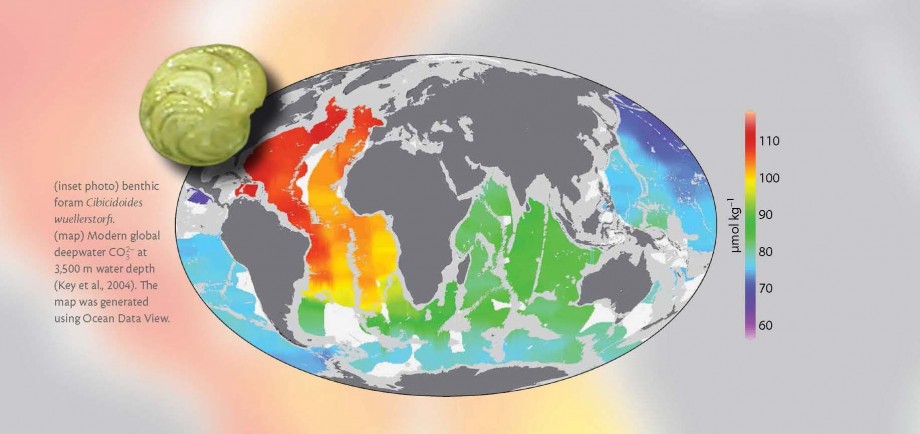
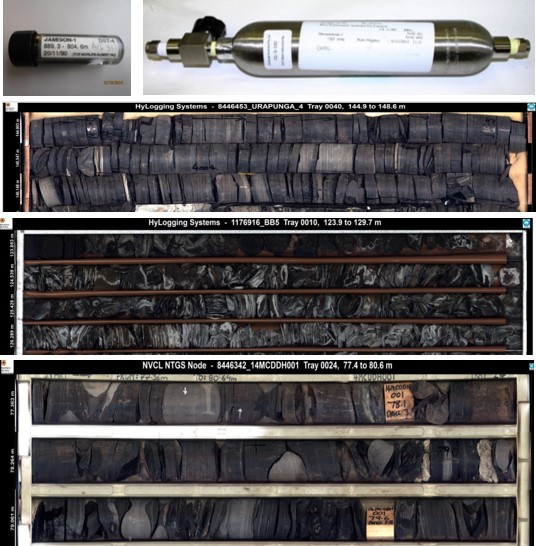
Climate and Fluid Physics

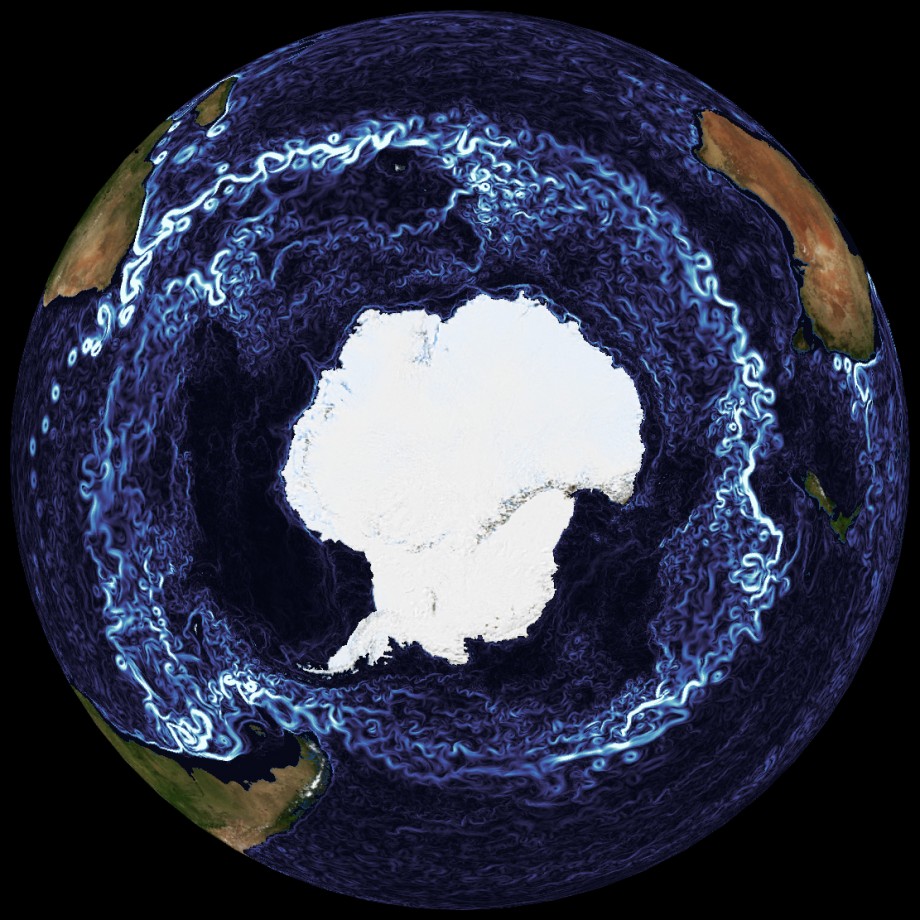
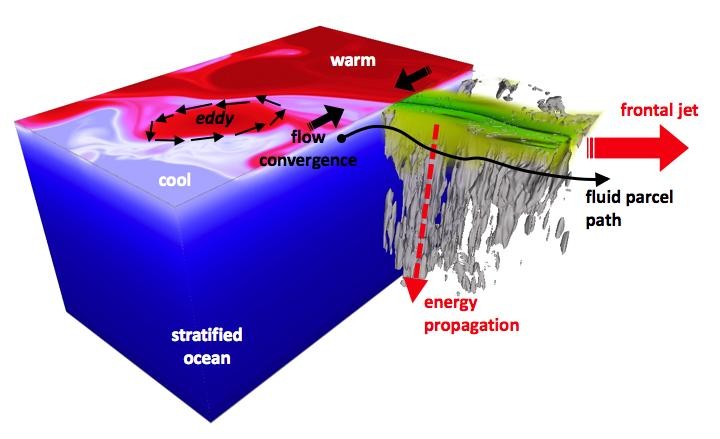
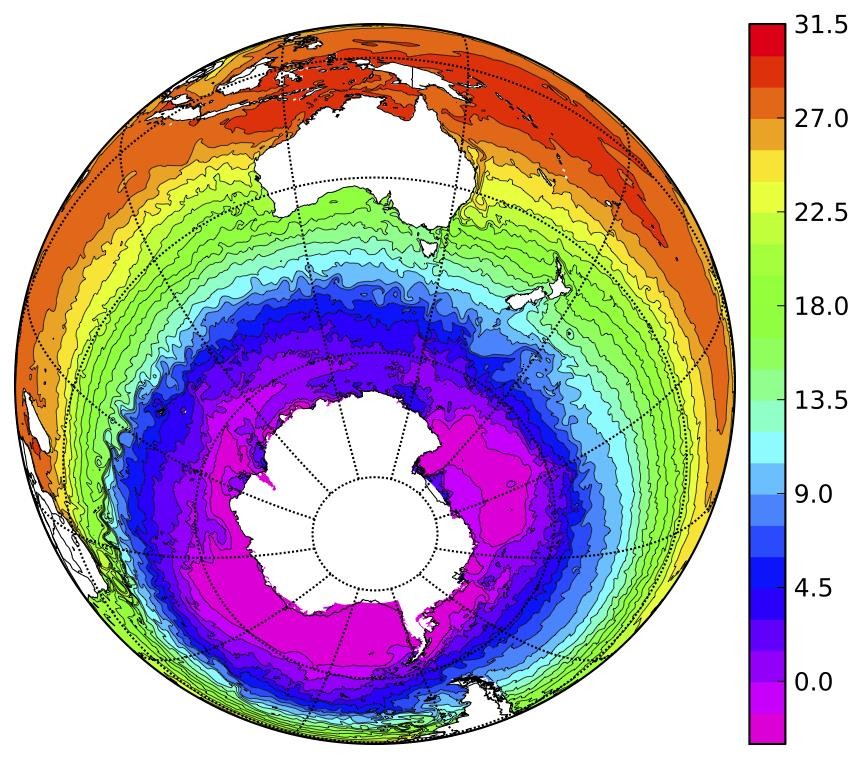
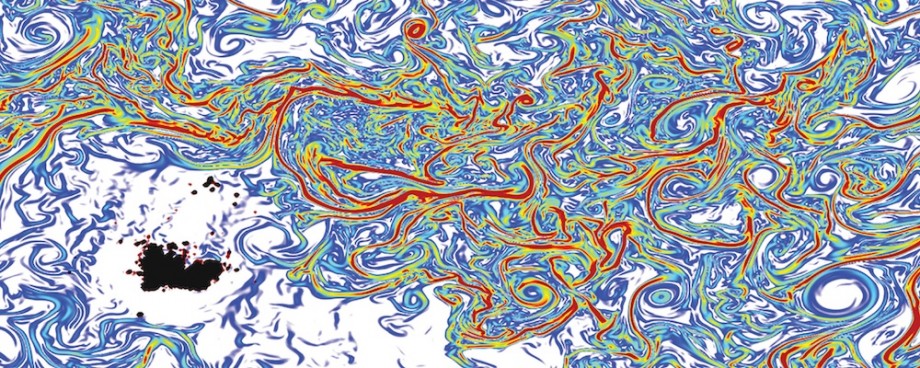
Environmental Geodesy
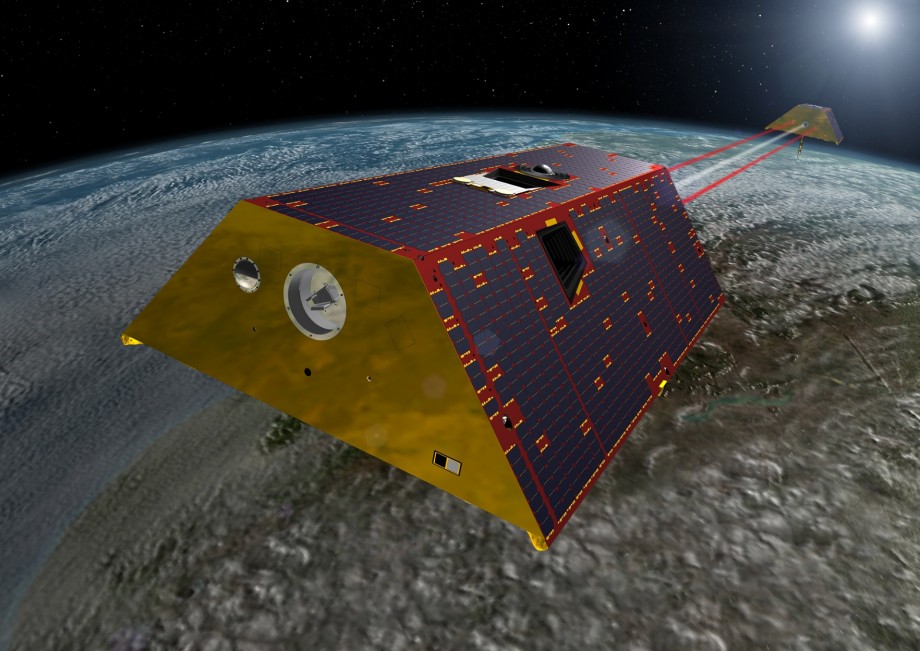
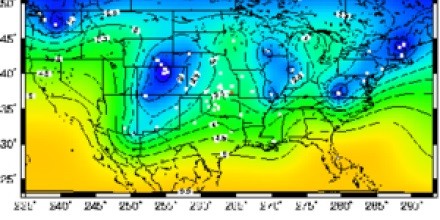
Experimental Petrology

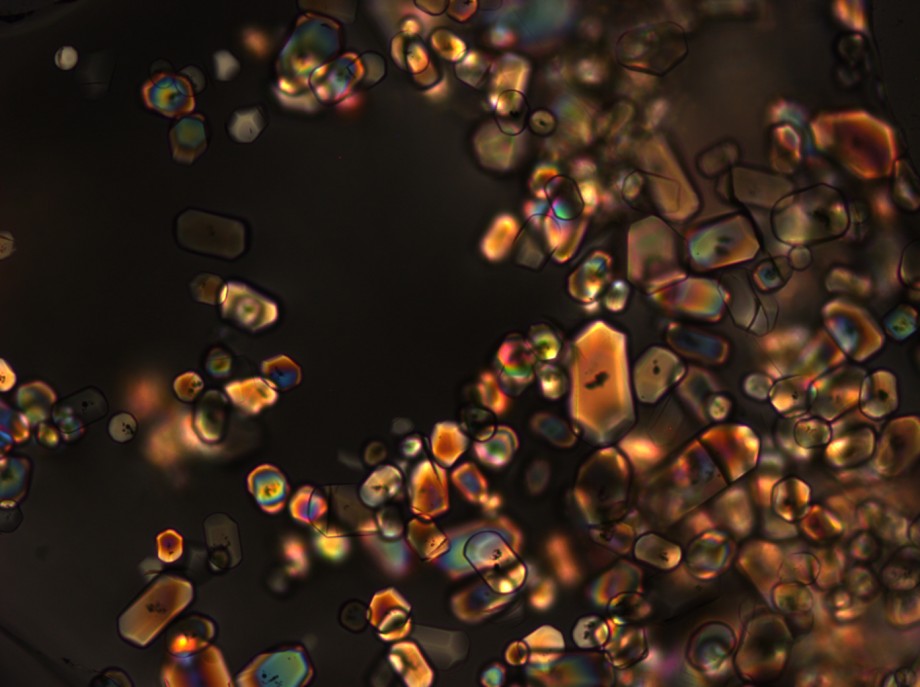
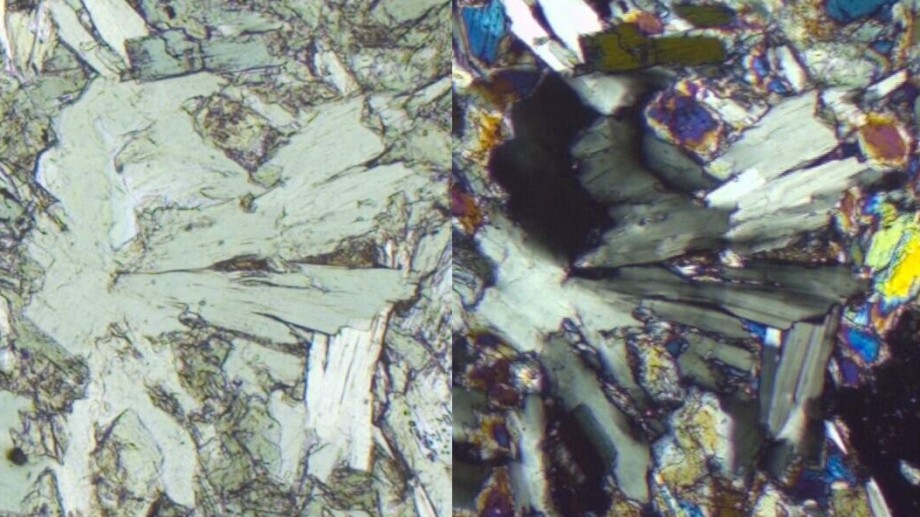
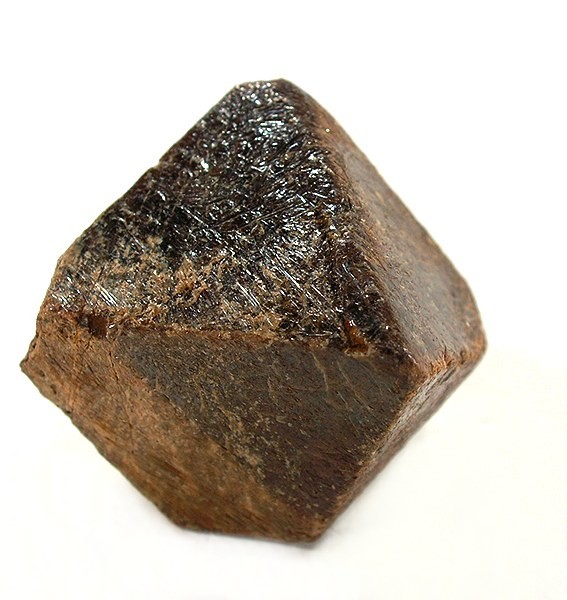
The age and tectonic setting of basaltic intrusions of the south coast of NSW
The rocks of the Sydney Basin and Lachlan Fold Belt exposed along the south coast of NSW contain numerous basaltic (basalt and dolerite) intrusions (e.g. Bingie Bingie Point, Dolphin Point, Snake Bay, Long Reef, North Bondi). The ages of these dykes and sills are unknown, however, they are assumed to be Tertiary...
Palaeoenvironments
